Series: Arts on the Globe: Challenges and Prospects under the COVID-19 pandemic
In this series we report on how arts and culture have faced up to the challenges of coronavirus in Europe, North America and neighboring countries.
2022/04/01
Case06
Reflections: Preparing fertile ground for culture beyond the COVID-19 pandemic (Part 2)
Professor, Interfaculty Initiative in Information Studies, The University of Tokyo
Shunya Yoshimi
Series: Arts on the Globe
In this series we report on how arts and culture have faced up to the challenges of coronavirus in Europe, North America and neighboring countries
With columns written by experts in various fields, the “Arts on the Globe” series reports on movements in the arts and culture around the world during the COVID-19 pandemic. For this final column of the series, we welcomed guest Shunya Yoshimi, sociologist and professor in the University of Tokyo’s Graduate School of Interdisciplinary Information Studies. Speaking with Professor Yoshimi is Toshiro Mitsuoka, supervising editor of this series and a professor in the Faculty of Communication Studies at Tokyo Keizai University.
Concerning the situation in Japan, Professor Yoshimi pointed out that the COVID-19 pandemic brought into relief the weak position of arts and culture in society and the insufficient awareness of “professional roles.” He also said that, as we move beyond the “anti-artistic” situation prohibiting direct contact and interaction, it will be important to think about “being together”; and that, on this basis, Japan’s challenge will be to build a consciousness that prepares fertile ground for culture. His observations in this time of crisis offer us wide-ranging ideas and suggestions for a fundamental approach to the arts and culture.
Interview by Toshiro Mitsuoka
Edited and written by Tamaki Sugihara
Photos by Joji Suzuki
> Reflections: Preparing fertile ground for culture beyond the COVID-19 pandemic (Part 1)
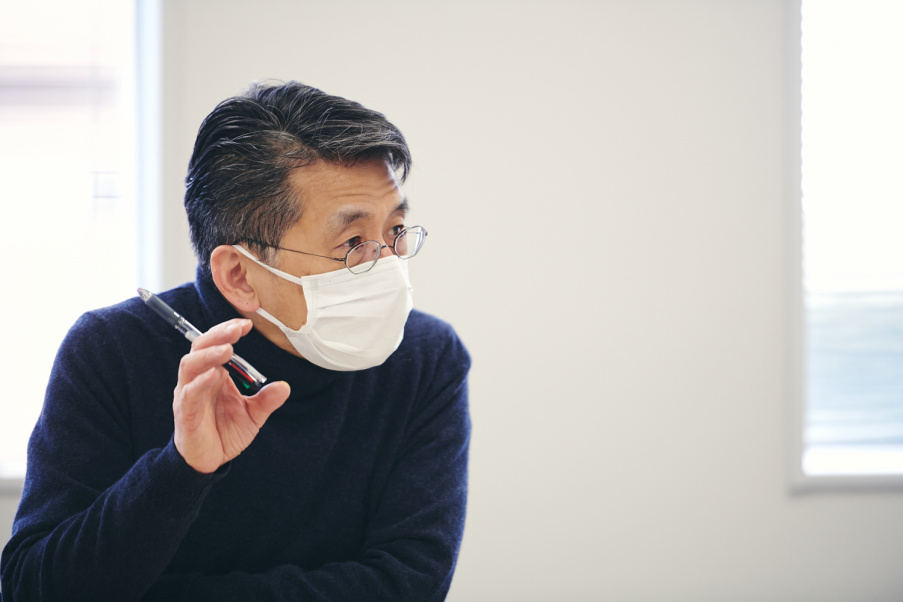
Shunya Yoshimi
The shift to online activity and the meaning of “being together”
Mitsuoka: One of the things that have progressed dramatically during the pandemic is the shift to online and remote activity. With the change from the earlier “online vs. real” dichotomy to the integration of online experience as part of everyday life, what do you think this means for the future of culture and the arts?
Yoshimi: As you said, there’s a tendency for many people to see “online” and “in person” as being in binary opposition, or to argue that a hybrid of the two is best. Personally, I don’t think that’s the essential issue. The important thing is not “online” vs. “real,” but the meaning of “being together”–being with other people. In a world that has become permeated by the online communication to this extent, I think there are now four basic formats.
First, there’s the format of “being in the same place at the same time,” like students and teachers in face-to-face classes, or actors and audiences in theaters. Until recently, performing arts generally took this format. The second approach is “sharing time but not space,” as in remote meetings and simultaneous interactive lessons, as well as real-time online events. The third format is “sharing space but not time.” The type of spatially oriented artwork you see in a museum fits this description, in the sense that you can go to the venue and encounter a creator who is no longer there. The last pattern is “different time and different space.” For example, on-demand content transmission, which has increased tremendously in university lessons, falls into this category.
In on-demand content transmission, information is shared, but nothing is shared in terms of time and space. It’s a situation where only information is exchanged. But in order to establish some kind of community or “commons,” I think the minimum requirement is the sharing of time. There’s room for debate about sharing space. But I can’t imagine a situation where a community comes into being when only information is shared through on-demand transmission. That’s why I don’t think the problem lies in “online” vs. “real”; I think the really important point is the sharing of time and/or space.
The reason I think this is important for culture and the arts is that many artists don’t belong to communities to begin with. You could say they’re drifters or outsiders. Of course, many artists today live within communities, so in a sense they seem to be “members,” but fundamentally they’re visitors from afar who travel from town to town, village to village. In all art there’s an aspect of entering a community for a certain time, stirring it up and injecting creativity into it, then leaving it like a vagabond “Tora-san” [a famous film protagonist].
Nevertheless, if everyone becomes disconnected as a result of on-demand transmission, the communities in which visitor-artists intervene will actually cease to exist. This is problematic. When an artist—whether a contemporary artist, a traveling performer, a theater troupe or a singer—enters a community and disparate things collide, noise is generated and creates sparks. That’s art and drama, isn’t it? It seems to me that this type of artistic event couldn’t happen without the precondition of “being together.”

To express it from a different angle, there has to be serious discussion about what sorts of community spaces, venues and co-existing time-spaces will be created online, too, and such initiatives need to move forward.
With regard to online transmission and digitization, to put it a bit roughly, you could say that a situation in which things aren’t limited to being one-time events (what Walter Benjamin called “the extinction of the aura” in “The Work of Art in the Age of Mechanical Reproduction”) is permeating every corner of society, and digitization is advancing. In terms of what is happening with digitization, in the conventional style of theater and art, for example, a completed work created in a practice venue or studio was finally shown on stage or in an exhibition; but it seems to me that, with the advance of digitization, the concept “final” weakens and everything becomes process. In other words, it’s easy to connect online and rapidly transmit the creative process to the outside world. What’s more, digital archives are created and all information is documented in a giant cloud, so it’s possible to do a search and relive the experience later.
In this way, it seems that works that used to be more or less limited to “this one thing only” are heading towards becoming a continuum that encompasses before-and-after time processes. Thinking about what this means, let’s look at art museums. Starting around the 1960s and ’70s, art museums began removing walls and moving outside. We see this in the projects and art events held around cities and towns. Instead of “art is on the inside of a museum and the world is on the outside,” there was a shift towards removing the border between the worlds inside and outside. This was the “spatial expansion” of art.
On the other hand, what’s happening with the use of the internet and digitization could be called “temporal expansion.” In other words, instead of indicating a point in time and saying, “At this point it’s art,” there’s the time before and the time after, too. It doesn’t end, and it’s presented as a continuum from the beginning. I think that process is being used increasingly in book creation, too. For better or worse, it’s loose and undefined. In terms of time, you can go back to the past as much as you like, and revise and update. In terms of information, humans no longer die. So it seems to me that fundamental ideas are being questioned, including the meaning of “being together” and the issue of the “completion” of a work of art, and also what a “work of art” actually is, and who experiences and enjoys it with whom.
Preparing fertile ground for culture
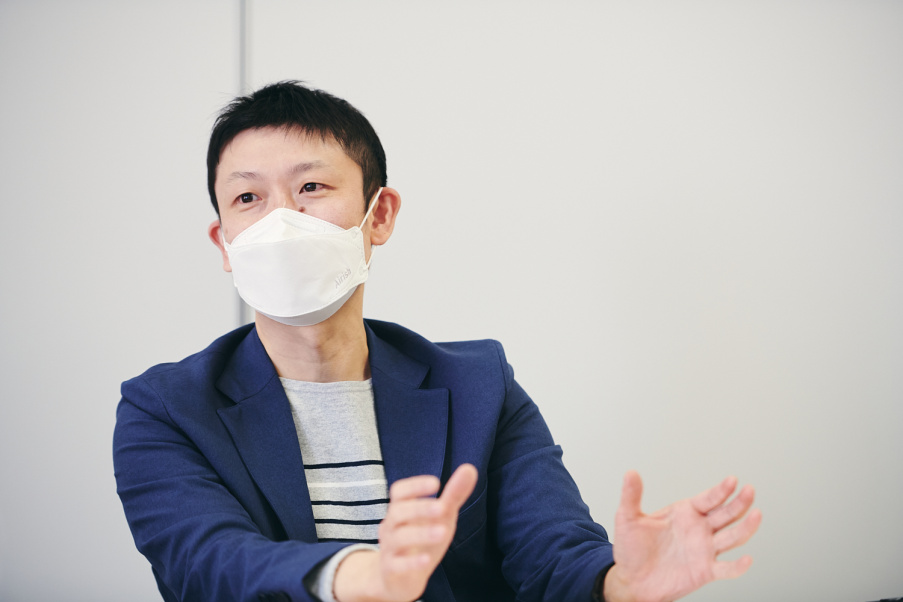
Toshiro Mitsuoka
Mitsuoka: Looking at things from a broader historical perspective, in your view, what does the coronavirus pandemic mean, or what should it mean, for culture and the arts, as well as for the society at their foundation?
Yoshimi: Broadly speaking, the origin of the coronavirus pandemic is very clear—in a word, it’s the neoliberal globalization that started in the 1980s. The coronavirus crisis is a reaction to that. Reactions like this have occurred a number of times since the beginning of the 21st century. In 2001 there were the September 11 terrorist attacks in the United States, and other major events were the Lehman shock in 2008 and the inauguration of Donald Trump as U.S. president in 2017. In the background of the 2020 pandemic is the situation of the past 40 years in which people, things and information have crossed borders and circulated throughout the world with incredible speed due to ever-accelerating globalization.
This is not limited to modern times. Infectious disease epidemics and some sort of globalization have long formed a two-sides-of-the-coin relationship. It’s impossible to imagine the Spanish flu pandemic of the early 20th century without the First World War. A century before that, there was the 19th-century cholera pandemic, which spread due to the network of the British Empire; and going back 200 years before that, there was the smallpox epidemic resulting from globalization in the early Age of Discovery. Likewise, the plague pandemic of the 14th century is inseparable from the Mongol Empire’s prior conquest of Eurasia. Pandemics emerge along with global interchange, and result in quarantine, isolation, surveillance and prohibition. This history has continued all the way to the present.
This time, I think the things we’ll need to consider going forward are clear. One is that, thinking about the next 10-year period, society’s online development will certainly be very important. But what I’m more interested in is that, thinking about a longer span of 20 or 30 years, the approach to globalization itself will be questioned. That’s because, if neoliberal globalization keeps increasing and repeating, there will definitely be another pandemic, even if the coronavirus pandemic ends. To avoid this, the only option is to think about sustainable globalization. In other words, what will be the format of globalization that aims for quality rather than expansion of volume, as in the Olympics or large-scale cultural events? I think this type of sustainable globalization could be called “cultural globalization.”
Culture has been described in robust terms like “soft power” and “content industry.” But, as we see from the similar word “agriculture,” “culture” originally meant cultivation. Of course, what is cultivated is soil. It’s the thing that cultivates human and cultural foundations, and the foundations of regional traditions and so on. In other words, the most important factor for culture is not the products themselves, but fertile ground—soil. The concept of culture is basically an agricultural, cyclical model. Soil is tilled, crops are grown, and autumn brings the harvest. This cycle is repeated each year. This is the fundamental model of culture. But terms like “soft power” and “content industry” view culture in terms of an industrial model—marketable goods are manufactured, distributed and consumed. This is very different.
Proceeding from this fundamental understanding, I think what’s important is “preparing fertile ground.” For culture, this doesn’t mean the discovery and large-scale marketing of good works of art; it means no more nor less than preparing and maintaining cultural “soil” that is conducive to the development of good works of art. I think this is thoroughly understood in Germany. The plants above the soil may wither as a result of certain circumstances, but if the surrounding environment is properly maintained, plants will grow from the soil again. It’s the same with culture. This is why it’s necessary to support artists not for the sake of a content industry, but because society itself will die if this fertile ground for culture is lost. It follows from this that if the soil is in danger of being washed away by storms or tsunamis, it has to be saved, if necessary by man-made methods.
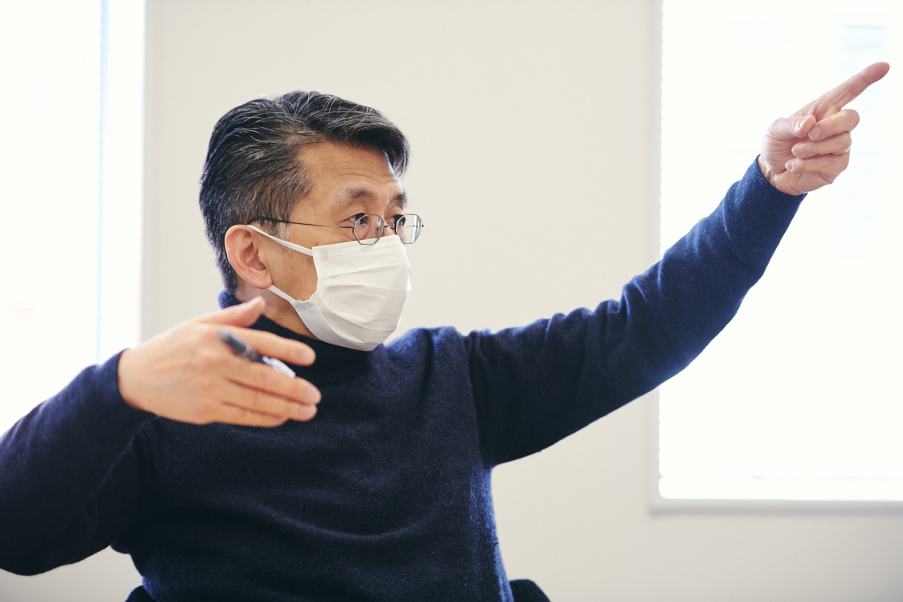
The issue is, to what extent has this sort of consciousness penetrated Japan? My impression is that efforts in Japan have been heavily concentrated on support for famous artists; but what’s truly important is to create an environment where everything, both large trees and small, can thrive. So it seems to me that the most important post-COVID cultural and arts policy work will be the work of shifting culture from an industrial model to an agricultural model and providing, both politically and financially, for the means to prepare fertile ground for culture. This is related to city planning, for example, and conservation of cultural resources, and probably even regional tourism—and also to the establishment and maintenance of a network of diverse digital environments. I think the main pillar of these efforts should be preparing conditions in which various types of culture and art are carried out.
It seems to me that, in Japan, the soil for culture and knowledge is in really poor condition. In any field, what’s “above ground” can be rearranged—if the appearance isn’t splendid, various things are cut away. But underneath, the soil is thin and worn out. Even in schools, students are simply urged to get into highly rated universities, with the result that the educational foundation has become shaky. Regional industries, too, have carried out a type of industrial advancement based on the Tokyo model since the postwar period, although this has recently changed a little. They’ve all tried to become a partial Tokyo. Of course, in this situation the soil becomes depleted. At the final stage of that depletion is the distressing situation we have in Japan today. If we don’t start by making the soil rich again, I don’ think we’ll reach a point where we can harvest good crops.
Different lands, different “soils”
Mitsuoka: Thank you for this wide-ranging discussion. This is just an impression, but listening to what you were saying, I had the feeling that each country has its own type of “soil.” When I talk about cultural policy and support for arts and culture, I often think of the models of Europe and the United States. It seems that in the European model, there’s a consensus about government support for the arts, so tax revenue is used for that purpose; and in the American model, which emphasizes individual free will, people who appreciate the arts contribute to them voluntarily, and there’s a tax structure in place for that. I realized that, to borrow your phrase, these are two ways to cultivate the soil. In other words, the difference is in the type of soil to be prepared, while the fact of having a policy to prepare fertile soil [for culture] is something the United States and Europe have in common.
Considering this, I think the type of soil that Japan would like to cultivate is probably something along the lines of the “German model” or the “American model.” For instance, the reason that exhibitions in Japan tend to be large-scale “blockbuster”-type shows is that, historically speaking, Japan emulated Europe from the start of the modern age, but didn’t have its own collection of western art. The United States assembled collections at its own expense, but Japan wasn’t able to do that, so the only option was to bring outstanding works of art from abroad. That’s why, in the postwar period, newspaper companies’ cultural divisions repeatedly brought famous works of art to Japan from overseas—but I think that what they actually should have been thinking about was how to create collections in Japan and how to cultivate the soil in order to do this.
You also mentioned that the sharing of time is especially important in the creation of “commons”. Thinking about post-pandemic methods for simultaneous online reception of art, I think another important consideration is that this approach will depend to a significant degree on media infrastructure. In other words, people can see the same play or music performance at the same time, but the image quality will differ according to their transmission service contract. Also, to some extent media infrastructure is created on national and city levels, so viewing conditions will have limitations based on location. It seems to me that new types of coexistence will falter and new disparities will come about unless we consider the problem of large cities as centers of technology from a different dimension than the idea that “In Tokyo, people can gather at performing arts theaters and see plays.”
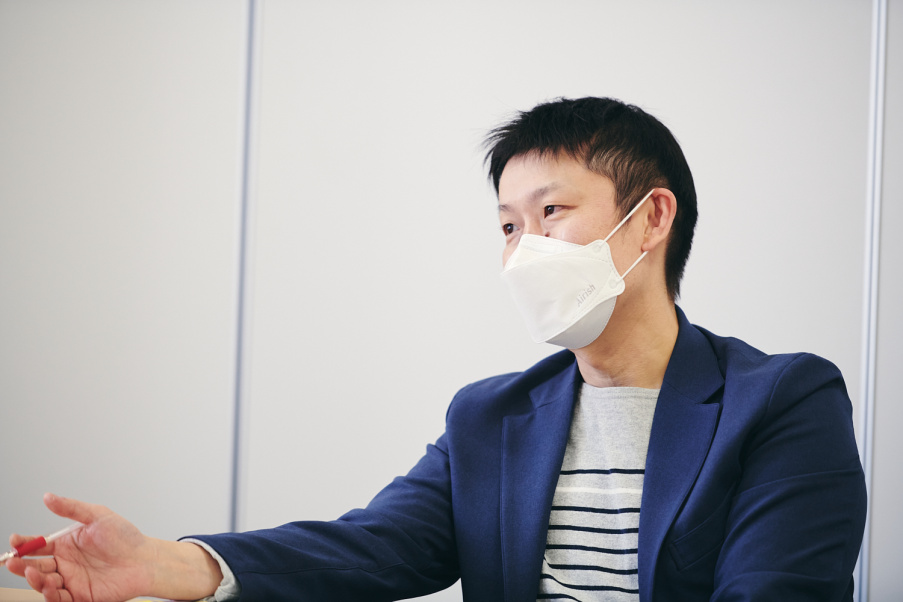
Yoshimi: In regard to what you said at first, it’s true that when people attempt to enrich the soil in Japan, they end up importing soil from Europe and America, and in the end it doesn’t match. Someone who has spent a long time consciously addressing this problem, I think, is Fram Kitagawa. What Mr. Kitagawa has done in projects in various locations—the Echigo-Tsumari Art Triennale, Setouchi Triennale, Oku-Noto Triennale and others—is to premeditatedly bring in western-style “trees” in order to prepare the soil of Japan. Visitors go there because they’re attracted by these trees, but it’s clear that his objective isn’t necessarily the trees themselves, but rather the cultivation of the “soil” in the place they’re transported to. This activity has been rather successful.
Recently I went to the Oku-Noto Triennale. It was very interesting. It’s held in the city of Suzu, which forms the tip of the Noto Peninsula. Before the modern age, when people started going there mainly by land, Suzu was a gateway for sea travelers, a prosperous port bustling with the comings and goings of the kitamaebune (northbound cargo ships). That affluence has remained in the city—I was especially surprised by the splendid houses. Maybe Mr. Kitagawa was attracted by the town’s appearance, too. In other words, even though the town is facing depopulation, with more and more vacant houses, the “soil” remains. Or it remains in a latent state, similar to shale gas. I think there are many areas like that throughout Japan. It’s very important to turn our attention to these places. Currently, the newest and most interesting movements in culture and the arts are not happening in Tokyo or Osaka. Right now I think there’s more potential, and there are more interesting things happening, in locations like Oku-Noto and Echigo-Tsumari, or places in Hokkaido or Kyushu.
In contrast, Tokyo is, in that sense, a really difficult location. To produce events like Oku-Noto and Echigo-Tsumari, the hurdles in Tokyo are very high. That’s because people in Tokyo have a lot [of things to see and do]. Having a lot is problematic. Even if the soil is poor, many splendid-looking trees are growing above the ground. In that situation, a seemingly rich Tokyo space is produced. This was one of the main themes I was concerned with in writing Tokyo Inside Out – A Sociological City Walking Guide (Shueisha, 2020), which reexamines Tokyo starting from its “central north” area. Ultimately, we need to get to the question of how the types of movements happening in places like Echigo-Tsumari and Setouchi are doable in Tokyo. The greater Tokyo area has a population of 36 million. Over half of Japan’s financial capital, and even more of its information, is concentrated there. So if the region isn’t changed in some way, the overall structure can’t be changed. But I think that’s the highest hurdle of all.
To create a better environment for culture and arts
Mitsuoka: Finally, could you talk about important points for Japan to consider in cultivating good “soil” for culture going forward?
Yoshimi: Roughly speaking, there are three points. In terms of the “people” aspect, the first point is to clearly categorize and elevate the professional roles of people involved in culture and arts in a broad sense—not only creators, but curators, managers, librarians, archivists and so on. If these categories are clearly defined in social terms, we’ll know what sort of “soil” we need to cultivate, even in times of crisis like the COVID-19 pandemic. I think it’s important to routinely establish these categories.
The second point relates to “places”—that is, physical places. Frankly, the reason there have been interesting developments in regional areas, like the Echigo-Tsumari and Oku-Noto Triennales organized by Mr. Kitagawa, is that there are many vacant houses in those areas. There are a lot of really high-quality vacant houses, and they’re likely to become settings for art in those locations. Are there places like this in Tokyo? Actually, there are quite a few. For Tokyo Biennale 2020/2021, directed by the artist Masato Nakamura and colleagues (Mr. Nakamura is also general director of [the art center] 3331 Arts Chiyoda), the organizers negotiated with the former picture frame shops and secondhand clothing shops dotting Chiyoda-ku, and made these places event venues.
In other words, the “places” I’m talking about could be called “gaps” of sorts—places similar to “holes” or “valleys,” including the spaces under overpasses and vacant houses. Urban areas also have a lot of these gaps, and they can become cultural sites. They have more cultural potential than places like big buildings in the middle of the Marunouchi district, for instance. That’s why we should make these places real public spaces and commons—places that a variety of creators can use. It’s important to establish a system and commit funding for this. If various things happen in these places, the large outlines of culture will appear, like the little fish in the picture book Swimmy.
Lastly, there’s the “digital environment.” This doesn’t simply mean improving internet access. If it’s simply about connecting, that’s “flow.” If that’s all there is, good trees won’t grow. So what’s required is “stock.” If you place the “flow” elements on top of the ground, they’ll turn into water and fertilizer will be washed away. Instead of that, if you put fertilizer—nutrients—into the ground, “flow” will change to “stock.” And then it will be reused. It’s literally a cyclical model. What creates this cyclical system is archival technology. This technology is embedded in various places in society, and when circulation is improved, artists are able to reuse the nutrients and carry out new types of creation as a result. I think these three points will be important.
Recently, the Japan Performing Arts Solidarity Network (JPASN) collected visual content from various theater companies. The theater world is basically an “octopus trapping pot”—in other words, even people familiar with a certain theater group or scene don’t know what the overall theater situation is, and they aren’t even that interested. But once people get a sweeping view of visual content in this way, the overall situation of theater will be clearer, and different people and groups will start to become aware of one another. I think this is a benefit of digitization.
Mitsuoka: That kind of completely opened-up world was actually the dream at the dawn of the internet age, wasn’t it?
Yoshimi: There’s a similar situation with university classes. I’m generally negative about the shift to on-demand, but when instructors become more aware of each other’s activities—“Oh, he’s teaching that kind of course”—and when students also have a better overall perspective on classes, the whole atmosphere of the university will probably change. I think that when you break down the walls of the “octopus pot,” the power of digital technology is apparent. Of course, there are problems in terms of “commons”. It’s a two-sided coin. When a vertical, “octopus pot” society is maintained for a long time, as in Japan, I think that, at least in this country, this sort of destructive force is necessary.
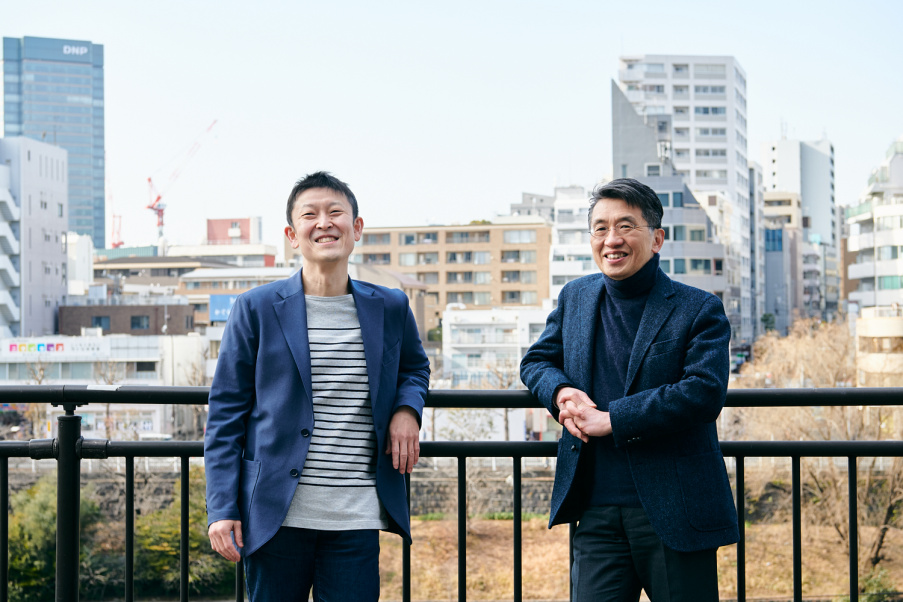
Related Article
- Introduction
- CASE01
U.S: Transformation caused by the pandemic, transformation ongoing under the pandemic
Kosuke Fujitaka (NY Art Beat co-founder) - CASE02
Art in the Face of COVID-19 – Australia
Julia Yonetani (Contemporary Japanese-Australian Artist Duo “Ken + Julia Yonetani”) - CASE03
Taiwan: The state of museums in Taiwan amid the COVID-19 pandemic
Huang Shan Shan (Director, Jut Art Museum) - CASE04
Hong Kong: What Opportunities Does COVID-19 Offer the Arts?
Mizuki Takahashi (HAT (Centre for Heritage, Arts and Textile) Executive Director and Chief Curator) - CASE05
The Outlook for Japan through the lens of Germany’s pandemic-related cultural policy (Part 1)
Yuki Akino (Associate Professor, Dokkyo University) - CASE05
The Outlook for Japan through the lens of Germany’s pandemic-related cultural policy (Part 2)
Yuki Akino (Associate Professor, Dokkyo University) - CASE06
Reflections: Preparing fertile ground for culture beyond the COVID-19 pandemic (Part 1)
Shunya Yoshimi (Professor, Interfaculty Initiative in Information Studies, The University of Tokyo)

